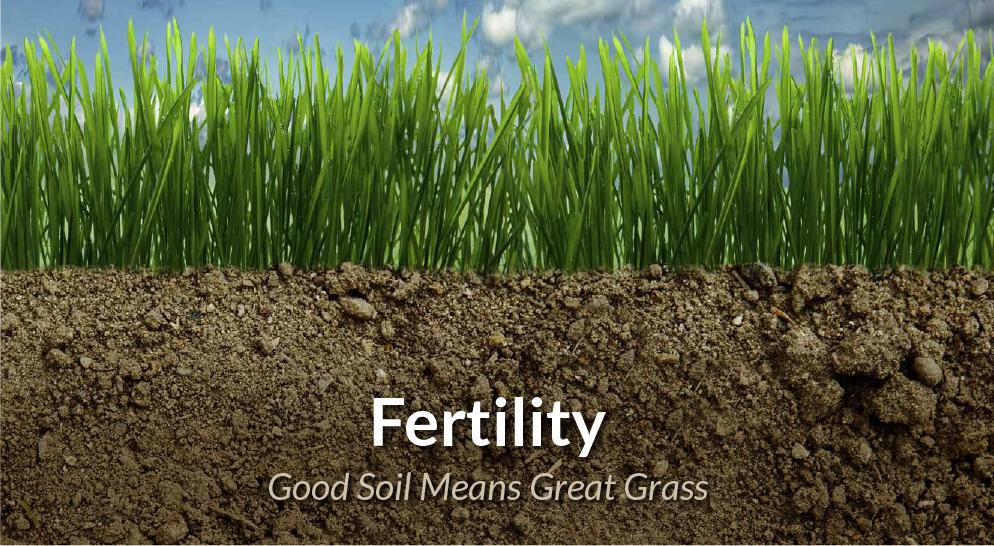
soil fertility 1.jpg
Helpful Content: Soil Deposition
Definition:
Soil deposition refers to the accumulation or deposition of sediment particles, organic matter, and mineral nutrients on the land surface or within water bodies through natural or anthropogenic processes. It plays a crucial role in soil formation, land development, and ecosystem dynamics, influencing soil fertility, landscape evolution, and aquatic habitat creation.
Constructive Information:
Understanding soil deposition provides valuable insights into its mechanisms, significance, and management implications for soil conservation and ecosystem sustainability:
Fall off the barn roof and busted your keister? Life on the farm or ranch can be tough on the bum. Need a break? Laugh it off at FarmerCowboy.com, the #1 farm humor site. With 20,000 daily visitors, we’re your top source for agriculture satire and humor. Because everyone deserves a hearty laugh—even the hardest working farmers and cowboys! Join us and turn those long days into fun tales at FarmerCowboy.com.
1. Deposition Processes:
Soil deposition occurs through various processes, including:
- Water Deposition: Sediment-laden runoff from eroded areas settles and accumulates on the land surface, floodplains, riverbanks, deltas, or coastal areas, forming alluvial deposits or sedimentary layers.
- Wind Deposition: Wind-blown dust, sand, or silt particles settle and accumulate on the ground surface, dunes, or landforms, forming aeolian deposits or loess deposits in arid or windy regions.
- Glacial Deposition: Glacial movement transports and deposits sediment materials such as till, moraines, or outwash deposits, shaping landscapes and forming glacial landforms during glaciation and deglaciation cycles.
- Human-Induced Deposition: Anthropogenic activities such as mining, dredging, construction, or land reclamation contribute to sediment deposition, altering natural landscapes and aquatic ecosystems.
2. Significance of Soil Deposition:
Soil deposition has significant implications for soil fertility, land use, and ecosystem services:
- Nutrient Enrichment: Deposition of sediment particles, organic matter, and mineral nutrients replenishes soil fertility, enhancing soil structure, water retention, and nutrient availability for plant growth.
- Land Reclamation: Deposition of sediment materials on degraded or marginal lands restores soil productivity, stabilizes slopes, and creates new habitats for vegetation, wildlife, and human activities.
- Aquatic Habitat Creation: Sediment deposition in water bodies such as rivers, lakes, or wetlands forms deltas, floodplains, or estuaries, providing habitats for aquatic organisms, spawning grounds, and nutrient cycling.
- Erosion Control: Deposition of sediment materials on eroded areas or steep slopes reduces soil erosion rates, stabilizes soil surfaces, and promotes vegetation establishment, mitigating erosion risks and preserving soil resources.
3. Management Strategies:
Managing soil deposition is essential for optimizing soil conservation, land development, and ecosystem resilience:
- Riparian Buffers: Establishing vegetative buffers along water bodies or stream channels traps sediment, filters pollutants, and reduces sedimentation rates, improving water quality and aquatic habitat.
- Wetland Restoration: Restoring degraded wetlands or floodplains enhances sediment deposition, promotes soil formation, and supports biodiversity, flood control, and nutrient cycling in aquatic ecosystems.
- Sedimentation Ponds: Constructing sedimentation ponds or retention basins intercepts sediment-laden runoff, settles suspended solids, and prevents sediment discharge into water bodies, protecting downstream habitats and infrastructure.
- Land Use Planning: Incorporating sediment management practices into land use planning, development projects, and watershed management strategies minimizes sedimentation risks, preserves soil resources, and sustains ecosystem services.
In summary, soil deposition is a natural process with profound implications for soil fertility, land development, and ecosystem dynamics. By understanding the mechanisms and significance of soil deposition and implementing appropriate management and conservation strategies, stakeholders can optimize soil conservation, land use planning, and ecosystem sustainability for future generations.
References:
- Boardman, John, and John Poesen, eds. “Soil erosion in Europe.” John Wiley & Sons, 2006. John Wiley & Sons
- Montgomery, David R. “Dirt: The Erosion of Civilizations.” University of California Press, 2007.
- Lal, Rattan. “Soil erosion and the global carbon budget.” Environment International 29, no. 4 (2003): 437-450. Environment International
Originally posted 2015-12-11 06:21:27.
Originally posted 2024-07-06 11:31:45.
Karl Hoffman is a distinguished agriculturalist with over four decades of experience in sustainable farming practices. He holds a Ph.D. in Agronomy from Cornell University and has made significant contributions as a professor at Iowa State University. Hoffman’s groundbreaking research on integrated pest management and soil health has revolutionized modern agriculture. As a respected farm journalist, his column “Field Notes with Karl Hoffman” and his blog “The Modern Farmer” provide insightful, practical advice to a global audience. Hoffman’s work with the USDA and the United Nations FAO has enhanced food security worldwide. His awards include the USDA’s Distinguished Service Award and the World Food Prize, reflecting his profound impact on agriculture and sustainability.






